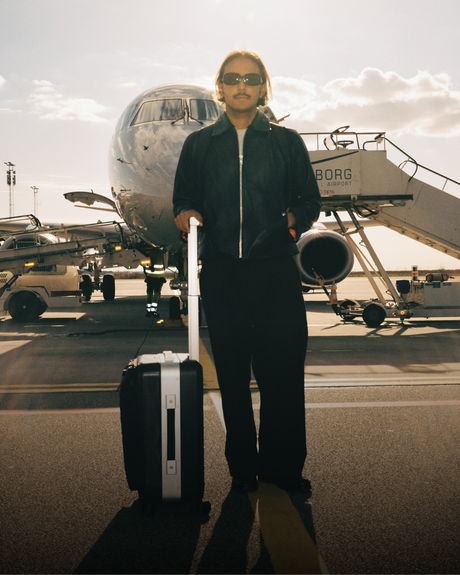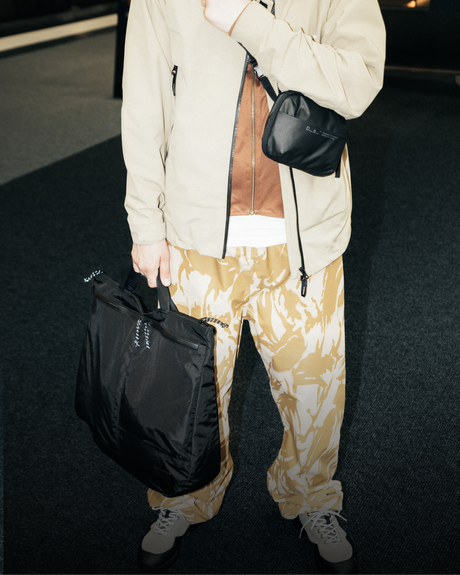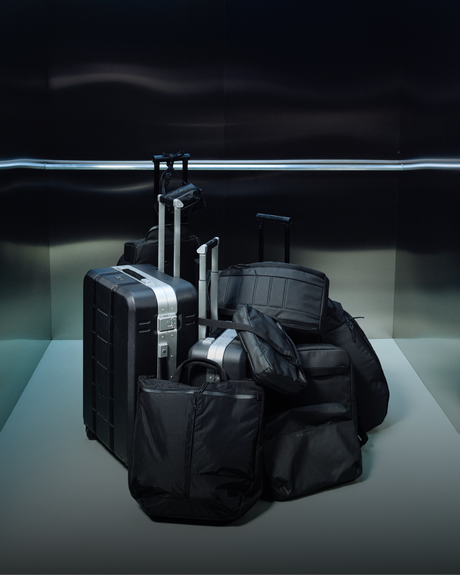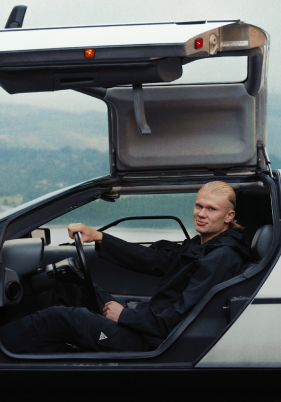Hi, William. It’s been amazing following your latest photography stories and texting with you. Your work is really touching. I thought you could introduce yourself for our community. Can you tell us who you are and what you do?
I am a French documentary photographer and a National Geographic “explorer”, which means [my] work is sometimes funded by the National Geographic Society. I work mostly on Human right issues and more recently I started to document climate change.
Instagram @williamodaniels
Website www.williamdaniels.net

What brings creativity to you?
For me, creativity comes from feelings. It can be feelings following experiencing new adventures, meeting people or just the feeling of a special atmosphere, a special light. Strong emotions, traveling to new places, having new experiences, and meeting new people are the first reasons why I became a photographer. [Later in my career], I understood photography could be a strong tool to address some issues I believe are important to be told.
What stands out about your photography and what are you trying to convey through your images?
Through lights, atmosphere and feelings I hope to convey empathy and connection for a better knowledge of the world and its diverse humanity.
It would be great to hear the story behind your most recently published work. Can you tell us a bit about it?
Well it’s not fully published yet but i'll still mention it as it’s going to be published very soon and is an important one to me; it will be published in the French edition of National Geographic Magazine in late October. I spent several years documenting the lives of populations affected by statelessness, which means they do not belong to any country – not even the one they consider their own. There are about 10 million stateless people in the world - mostly in Asia, Africa and the Middle East. This story tells a lot about us, humans, who belongs and who does not, who has access to resources and who should be denied them. It is a hot topic in our times of pervasive identity crises and populism fueled by social media.
The story is not out yet but a short ITV (in French only) on this work is available on National Geographic website.

What project has stayed with you the most?
I would probably say my work in the Central African Republic. During three years I traveled a dozen times to this war torn country, one of the most unstable and poorest in the world. I witnessed a lot of extreme violence and suffering.
The country is not yet sixty years old but it has already experienced five coups. Before it achieved independence, the Central African Republic, then called Ubangi-Shari, represented the scrapheap for France’s colonial administrators. It was a place where some companies used forced labor to exploit the country’s natural resources. The CAR is rich: with its fertile soil, minerals and forests, it should provide its population with a decent quality of life. But that is not the case. Poor management by a phantom administration, corruption, an endless series of crises, and pillage have condemned this black hole on the map to be the world’s poorest nation but one. Militia sustain a permanent atmosphere of insecurity, justice is totally absent, and the country’s youth – without employment – provide an inexhaustible reserve of cannon fodder.
You take pictures of people who are suffering terribly. How do you manage to get close enough with your camera while maintaining your respect for them?
I only shoot if I feel this is not going to hurt anyone. I always explain what I am doing and why I believe it is important. As you can see on my pictures I never hide - I don’t use long lenses. If people still don’t want to be in my images, then I won’t shoot them. The quality of my work fully depends on the trust I build with them. It is quite surprising that in difficult situations, most of the people I meet want to testify and I explain to them what they can do through my pictures, and most agree.
Going back to those early days of your career, do you see changes in the way crises were portrayed then, versus today?
Yeah a bit. There is probably more distance now. Previous generations of photographers were doing more direct work. Many famous pictures from the past would probably not be published today. Also, there are styles and when I started, more photographers worked in black and white. I actually started in black and white - probably because I was influenced by some famous B&W photographers - but then I realized how powerful color can be. I like trying to find how colors and light can make my pictures stronger and touch differently.

What advice would you give people wanting to follow a similar career path to you?
Never hesitate to try something you want to do. Things can be much easier than we think, we just need to try.
You obviously go to incredible places and work on hugely challenging projects, but what would you say is the biggest challenge you have had to overcome to reach success?
I would say finance. Funding is becoming more difficult to find for the kind of stories I believe must be told. That is a huge challenge for the future of documentary photography. The press is not anymore a way to fund good long term documentary work.
Did you study before becoming a photojournalist?
I studied Physics! But I was so bored I stopped and started traveling. Later I attended a small photography school for nine months.
What was your first job?
I did lots of little jobs as a teenager such as farming jobs or as a barman, but my first job as a photographer was in the Alps. I was photographing tourists in a ski resort, it was boring but I took it because I could go snowboarding almost whenever I wanted. I also taught Photography to Street Children in the Philippines in an NGO for a few months.
You travel quite a bit for work. What does ‘home’ mean for you?Home means rest first, but after a bit of rest it also means good food, friends, good wine, and of course snowboarding and kite surfing…
When you’re traveling, there are often so many distractions. Do you have any tips on how to focus when you need to get the boring, life-admin stuff done?
I am still looking for that!
Where has been your favorite/ strangest place you’ve traveled?
I love traveling so much that I can’t say there is one favorite place, but I went a few times to Yakutia (Siberia) in winter. The capital city Yakutsk is considered the coldest city on earth, I photographed there at – 48 Celsius wearing wolf skin. At such temperatures the fog is super dense and makes a simple street so beautiful and poetic.
Do you have any packing tricks that you use while on the move?
After years on the road, I became a bit obsessed with traveling as light as possible.
From having the ideal jacket to the lightest headset, sometimes I have to stop myself from buying the latest fancy gear!
What would you tell yourself as a teenager?
Do not waste your time, because time flies really quick!

What is your current most listened song?
Again, It’s very difficult to mention only one song. Music is indeed extremely important in my life in general and in my travels, but depending on my mood or my needs, I like many different style;
Here are some of the songs I like these days:
Malian Musician Ballaké Sissoko (Ma Mere)
Electronic : LCD Sound system (Home)
French : Weekend affair (Duel pt 2)
What is your favorite account to follow?
For my work I follow lots of accounts related to photography and journalism, so sometimes I need to escape and I kinda like a few snowboard related accounts. The natural selection tour @naturalselection is probably one of the best on freeride snowboarding.
Can you show us a shot that hasn’t made it to your ‘Gram?
As a photographer most of my pictures end up on my account. If it doesn’t end up on my Instagram, then it can’t be posted anywhere. So I will end with a picture from southern Bangladesh, another place I really like. This one was during a work on Rohingya refugees I did for National Geographic Magazine.




